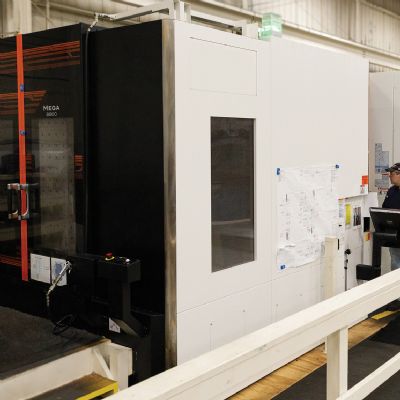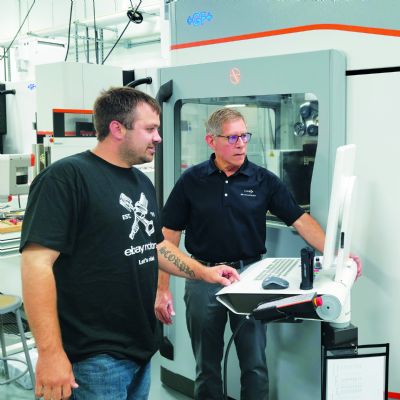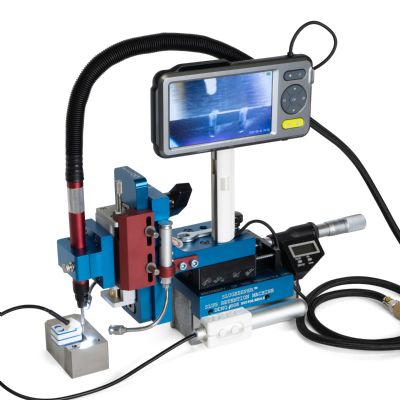 Peter Ulintz
Peter UlintzTransitioning the Die Shop
October 1, 2018Comments
During the 1990s, many companies reconfigured their die shops away from the artisan method of diemaking. Diemakers became die-assembly and tryout specialists who were no longer required to plan, detail or machine-die components. By the end of the decade, powerful computer-aided-engineering (CAE) tools began to emerge, the most significant being metalforming analysis.
The next decade brought simple, accurate and inexpensive flat development and optimization software used during the quoting process. Stress-based analysis of die structures and dynamic analysis of material-handling systems also emerged. To assist engineers in making better decisions, tool-steel selection, heattreatment and surface-coating evaluations became important parts of die-design and metal-stamping simulation codes. Additional design help comes in the form of sensitivity and stability analysis (robustness) and evaluation of die kinematics under different loading conditions.
Still, many die shops, typically those with die-maintenance capabilities only, did not require these technologies, nor did they see the necessity to make significant transitions during this period. Many of these shops are now reconfiguring to stay competitive and looking to hire available tool and diemakers to fill an expertise void.
Now confronted with configuring the die shop, these companies must evaluate every step carried out to design, machine, assemble, repair and try out their stamping dies. Companies must ask themselves: Is a tool and diemaker really required from a die-maintenance and production standpoint? Are diemakers truly performing work that others not in the trade cannot? Do I need to pay a skilled craft person to stand by a surface grinder and watch it go back and forth? Does drilling a 1⁄16-in.-dia. hole through a 1-in.-thick block of steel really require expertise?
Transition Like a Dentist
What does a reconfigured die shop look like? A good example of such a transition is the dentist’s office. Dentists have transitioned their practices, with technicians and assistants carrying out many of the basic tasks previously performed by the dentist.
Likewise, shops in transition should look for employees who possess such basic skills as the ability to read micrometers and calipers, and an understanding of tooling and part specifications. Such candidates already may work in the shop’s quality, production or maintenance departments.
Positions created during a die shop’s transition must be promoted as positive career moves, with job descriptions defining short- and long-term goals and expectations, duties and responsibilities spelled out. Once hired, the shop’s veteran diemakers can provide new employees with hands-on training.








